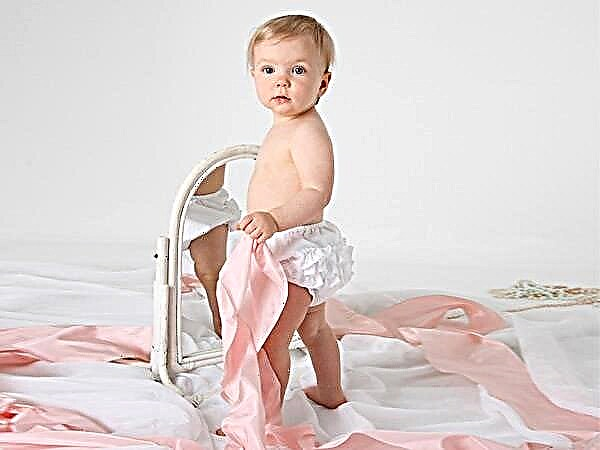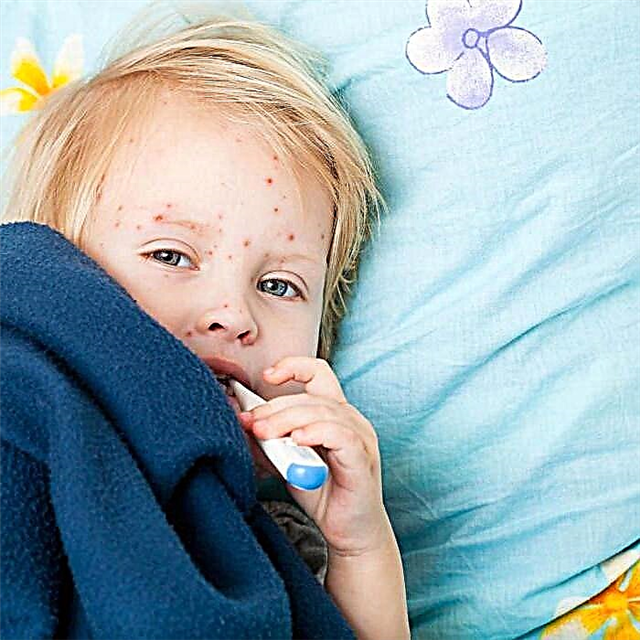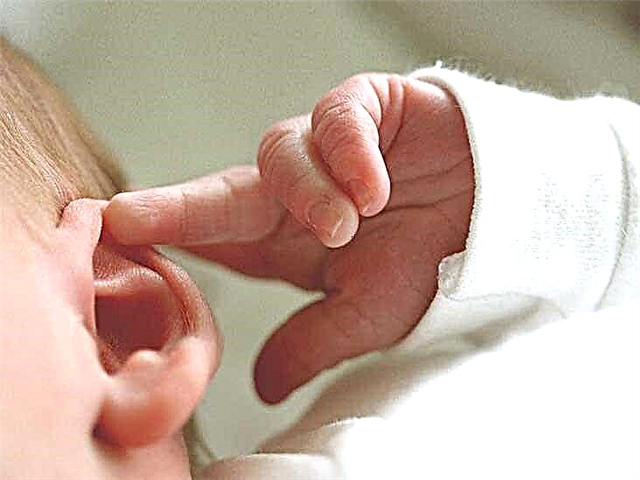Collecting a bag in the hospital, many expectant mothers rush to buy a breast pad. It is believed that this is one of the essentials of breastfeeding, the absolute benefits of which need not be proven.

The undoubted advantages of a chest pad
Without a doubt, if the breast pad did not bring a lot of advantages with it, no one would use it. Let's remember the most important benefits:
- Cracked nipples Is hellish torment (read about cracked nipples). Especially if the child's teeth are teething and he constantly "hangs" at your neckline. But even in the case of severe pain, consultants do not advise using pads for a long time in order to avoid the baby's addiction. The way out of this situation is the correct capture of the breast by the child;
- Flat nipples Is not a breastfeeding diagnosis. Yes, the baby is not so comfortable for you either, but after 5 minutes of feeding it is advisable to remove the pad and feed without it. During this time, the nipple will stretch out and become a little more comfortable. But even if you don't have a lining, flat nipples are not a reason to be upset! In fact, during feedings, the baby captures and stimulates primarily the areola! So after several attempts at attachments with the help of an experienced consultant, you will be able to establish full-fledged breastfeeding without assistive devices (we read how to properly feed and latch a baby to the breast);
- More milk with minimal effort on the part of a newborn - this is a definite plus if you have a premature or sluggish baby. The presence of a hard object in the infant's mouth encourages him to suck harder and longer. And thanks to the pad, you release more milk than you would without it. So the baby gets more milk with less effort;
- Bottle weaning and breast training with a pad - This is a fairly straightforward transition from bottle feeding to breastfeeding. But experts still recommend to be patient and establish the process without the use of additional devices. In any case, the pads should not be used on a long-term basis, this is a temporary measure. We also read: how to teach a baby to breast after a bottle.
The significant benefits and conveniences of breastfeeding pads seem to outweigh any disadvantages. Is it so? Why, then, do specialist consultants think they are harmful and not beneficial?
Cons of breast pad
Our review would not be complete and could not answer the main question if we did not touch upon the disadvantages of using such an additional device:
- Improper breast stimulation due to lining can lead to early termination of breastfeeding due to lack of milk. Regular use of the pad leads to a decrease in lactation by almost 50%! We also read: how to restore laclation (10 basic recommendations);
- Wrong grip the baby's nipple, due to the prolonged use of the lining, to which he quickly gets used, greatly complicates the process of establishing proper breastfeeding by the baby and the baby will have to be re-taught to suckle correctly;
- Requires special care (sterilization) before each feeding. This is especially inconvenient if you feed every hour or more. If not sterilized, then it is possible that the infection can enter the baby's body;
- Provoke excessive regurgitation, since in the process of feeding with a pad, the baby swallows much more air. We also read about regurgitation;
- The likelihood of lactostasis increases due to the fact that a uniform emptying of the breast does not always occur with the pad. Also milk may flow out but not reach the baby in the mouth in full. We also read: everything about lactostasis;
 You are not eaten, but chewed, so when you try to return to natural breastfeeding without additional devices after prolonged use of the pad, the baby will continue to chew on the breast. It is possible to retrain to suck, but it takes time and effort. In addition, it will be accompanied by painful sensations;
You are not eaten, but chewed, so when you try to return to natural breastfeeding without additional devices after prolonged use of the pad, the baby will continue to chew on the breast. It is possible to retrain to suck, but it takes time and effort. In addition, it will be accompanied by painful sensations;- Nipple instead of breast - this is the name of the breastfeeding consultants breast pad. De facto, the baby does not come into contact with the mother's skin, and this, in turn, disrupts the contact between the baby and the mother. This can provoke a rejection of the breast.
Considering all of the above disadvantages, I think you will agree that the breast pad is really best used only as a temporary measure... In this case, it is better to carry out additional stimulation of lactation (expression, more frequent attachments, teas) and closely monitor the weight gain of the baby.
We read in detail: Breast pads for breastfeeding: the pros and cons of using pads
Reviews of moms from forums
Hello. There are no bad nipples. It is a pity that the doctor did not show you the technique of latching on to the breast with problem nipples. Although there are mums who have not experienced the "side effects" of wearing linings, linings still pose risks that are best avoided.
The need to suckle mother's breast indirectly, but through this device often forces the baby to suck harder and clench the jaw harder - this affects feeding when the pad is removed.
If the pads are not thin enough, breastfeeding will become longer, the breast may be less stimulated, and less milk will be produced. Against this background, the development of lactostasis is likely.
In your case, the child is already accustomed to sucking in the pad, and when you take it off, he does not understand what is required of him and does not take it.
If you plan to feed your baby for a long time and want to make the process as comfortable and pleasant as possible for yourself and your baby, then you should think about gradually avoiding feeding through a pad, encouraging the baby to breastfeed.Here are the principles of avoiding breastfeeding (From the book by Irina Ryukhova: "How to give your baby health. We breastfeed"):
”1. Offer a breast without a lining to a falling asleep or just awakened baby, usually at this time the baby just wants to suck, without fixing how and what exactly;
2. At another time, try to remove the pad during feeding, when the baby has already subsided the first hunger, and quickly offer the breast;
3. If the first two strokes work, but not every time, you can try putting a small piece of clean cloth in the pad to make it harder to suck out the milk. Then the baby quickly realizes that it is easier to suck from the breast without the lining.
4. Some mums will gradually cut pieces from the center of the artificial nipple on the pad. To do this, the overlay is turned inside out and the tip is cut off each time with an increasing diameter.
But be careful !!!!! For silicone onlays, this method may not work, as sometimes the cut onlays have sharp edges, be sure to check it !!! ”So I almost ruined the GW with these overlays, but I was able to remove them in time and establish GW. I cleaned them from a sleepy child, gave them with them, and when he fell asleep, I simply pulled off the pad. The nipple was already elongated, in milk and the baby was taking the breast. Then she gave the sleepy one without a lining, gradually weaned them off.
I would for these advisers .... also spoil the GW on them. Wean it urgently, otherwise you will be with pads and a breast pump, have patience, read about the correct attachment to the breast and set everything up in a couple of days. And milk will be longer and life easier. And my complete censure and unflattering reviews about their competence to the advisers of the lining !!!! It is much easier to say “buy the pads” than to explain to a mother whose child is screaming with hunger HOW TO APPLY TO THE BREAST CORRECTLY !!!
How do you feel about breast pads? Are not such possible consequences of their use frightening?

 You are not eaten, but chewed, so when you try to return to natural breastfeeding without additional devices after prolonged use of the pad, the baby will continue to chew on the breast. It is possible to retrain to suck, but it takes time and effort. In addition, it will be accompanied by painful sensations;
You are not eaten, but chewed, so when you try to return to natural breastfeeding without additional devices after prolonged use of the pad, the baby will continue to chew on the breast. It is possible to retrain to suck, but it takes time and effort. In addition, it will be accompanied by painful sensations;

